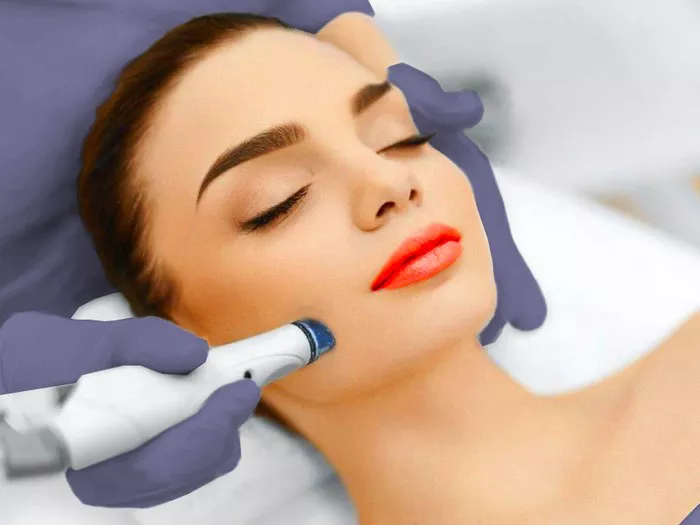Microblading has gained immense popularity in recent years as a semi-permanent solution for enhancing the appearance of eyebrows. Many people opt for this procedure to achieve well-defined and natural-looking brows. However, a common misconception about microblading is whether it can stimulate hair growth and make existing brow hair grow back thicker. In this article, we will explore the intricacies of microblading, its effects on brow hair, and debunk the myths surrounding its impact on hair thickness.
Understanding Microblading
Microblading is a semi-permanent cosmetic procedure used to enhance the shape, fullness, and definition of eyebrows. Unlike traditional eyebrow tattooing, which uses a machine to deposit ink deep into the skin, microblading involves manually creating fine, hair-like strokes with a specialized hand tool. These strokes mimic the appearance of natural brow hairs, resulting in a more realistic and customized look.
The Microblading Process
Consultation: The process begins with a consultation with a trained and certified microblading artist. During this consultation, the client discusses their desired brow shape, color, and style with the artist.
Numbing: A topical numbing cream is applied to minimize discomfort during the procedure.
Microblading: The artist uses a microblading pen with tiny needles to create individual strokes that deposit pigment into the upper layers of the skin, specifically the epidermis.
Healing: After the procedure, the brows will appear darker initially, but they will gradually lighten as the skin heals.
Touch-Up: A follow-up appointment is typically scheduled 4-6 weeks after the initial procedure to assess the results and make any necessary adjustments.
Microblading and Hair Growth
It’s essential to clarify that microblading is a cosmetic procedure designed to enhance the appearance of eyebrows, not a hair growth treatment. Microblading does not stimulate hair follicles or promote the growth of new brow hair. Instead, it focuses on creating the illusion of fuller brows by adding pigment to the skin’s surface.
Debunking the Myth: Thicker Brow Hair
One of the most common misconceptions surrounding microblading is that it can cause existing brow hair to grow back thicker. This myth likely stems from the misconception that the procedure somehow affects the hair follicles. However, this is not the case.
Microblading solely involves the superficial layers of the skin, specifically the epidermis. It does not penetrate deep enough to influence hair follicles, which are located in the deeper layers of the skin (the dermis). Therefore, it cannot alter the thickness or density of existing brow hair.
Benefits of Microblading
While microblading doesn’t impact the thickness of brow hair, it offers several other benefits:
Natural-Looking Results: Microbladed eyebrows look incredibly natural because the technique mimics the appearance of real brow hairs.
Time-Saving: Individuals no longer need to spend time filling in their brows with makeup daily, as microblading provides long-lasting results.
Customization: Microblading allows for customized brow shapes and colors, ensuring that the client achieves their desired look.
Low Maintenance: Maintaining microbladed brows is relatively low maintenance, requiring occasional touch-up appointments to keep the color fresh and vibrant.
Conclusion
Microblading is a popular cosmetic procedure that enhances the appearance of eyebrows by creating natural-looking hair-like strokes on the skin’s surface. While it can significantly improve the look of your brows, it does not cause existing brow hair to grow back thicker. Microblading works exclusively on the epidermis, making it a non-invasive and safe option for achieving the perfect brows. It’s essential to approach microblading with realistic expectations and consult with a qualified and certified microblading artist to ensure you achieve the desired results.

